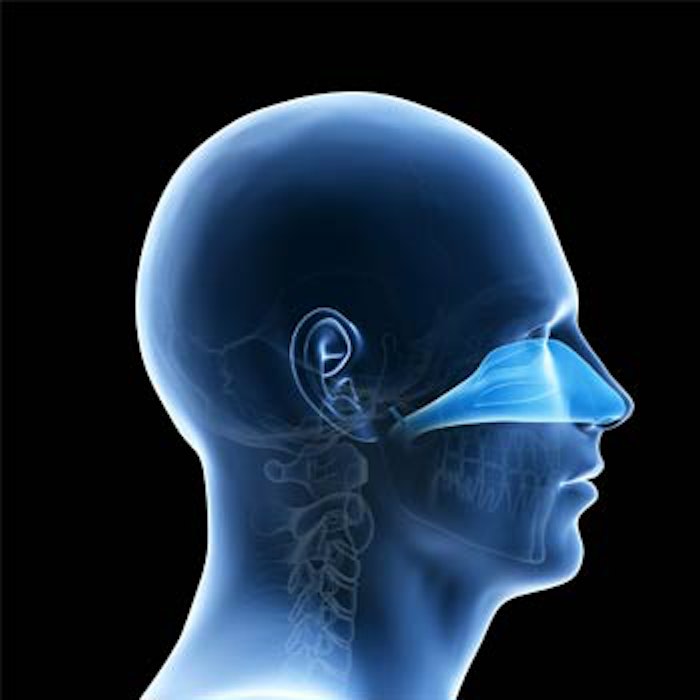
Monell Center scientist Kai Zhao is principal investigator on a $1.5 million four-year grant from the National Institute on Deafness and Other Communication Disorders (NIDCD), part of the National Institutes of Health, to further develop clinical methodology that can predict the path of air flow through a person’s nasal passages.
The methodology may someday help physicians evaluate treatment outcomes for patients undergoing surgery to reverse nasal obstruction and associated loss of smell, known as anosmia. The new studies funded by the NIDCD grant will use computational fluid dynamics (CFD) modeling, a branch of physics originally developed to predict fluid movement through complex passageways.
Zhao previously has shown that CFD methodology can be applied to a CAT scan of a person's upper airways to predict nasal airflow patterns, which vary appreciably from person to person. The new studies will evaluate whether CFD methodology allows physicians to better predict the chances of restoring the sense of smell when operating to remove blockages. Prior to surgery, CFD modeling will allow a surgeon to evaluate which nasal blockages could be contributing to the patient's loss of smell.
In February 2014, the Monell Center announced A Sense of Hope: The Monell Anosmia Project, a three-year $1.5 million campaign to support a research and advocacy program focused on anosmia, the loss of the sense of smell.










